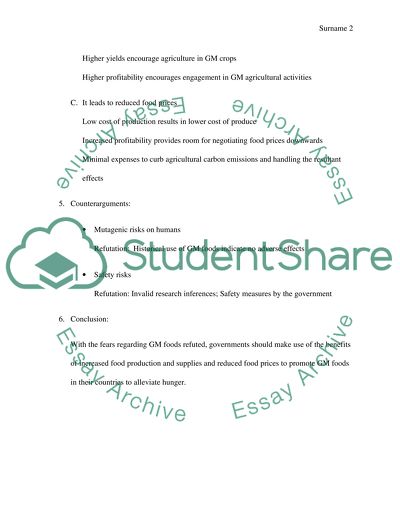Cite this document
(“GM Food Essay Example | Topics and Well Written Essays - 1500 words”, n.d.)
Retrieved de https://studentshare.org/english/1640000-gm-food
Retrieved de https://studentshare.org/english/1640000-gm-food
(GM Food Essay Example | Topics and Well Written Essays - 1500 Words)
https://studentshare.org/english/1640000-gm-food.
https://studentshare.org/english/1640000-gm-food.
“GM Food Essay Example | Topics and Well Written Essays - 1500 Words”, n.d. https://studentshare.org/english/1640000-gm-food.


